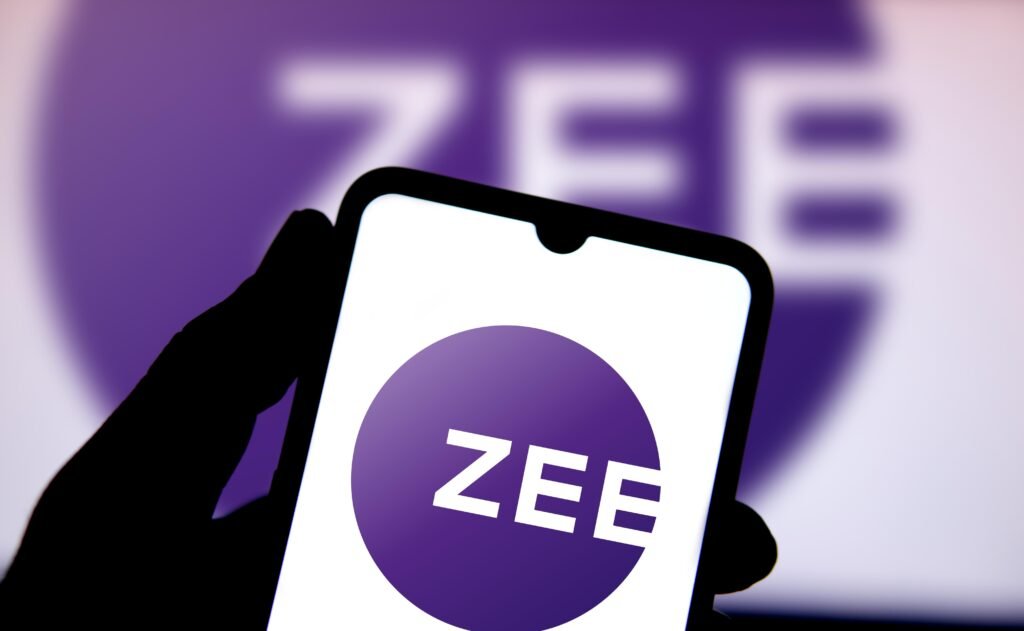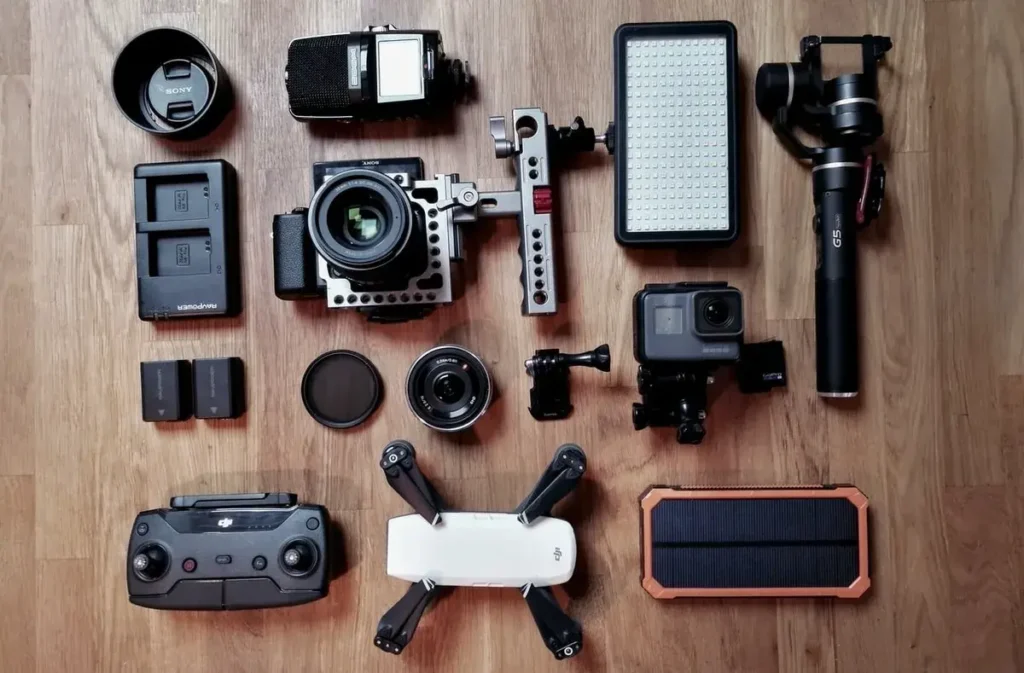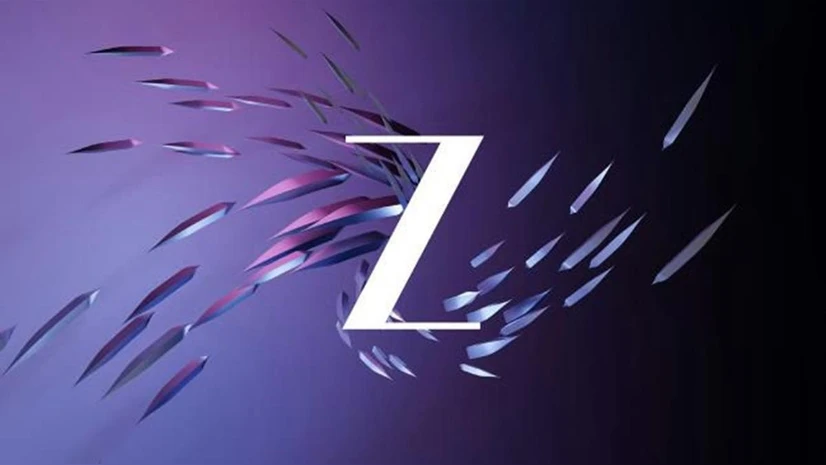Zee Marks 33 Years as India’s Satellite TV Trailblazer
What began in 1992 with a single channel has today grown into a powerhouse that shaped India’s television and entertainment industry. Zee Entertainment Enterprises Ltd. (ZEEL), the country’s first private satellite broadcaster, has turned 33, celebrating its journey alongside the phenomenal growth of India’s media and entertainment sector—now valued at nearly ₹2.5 trillion and sustaining 2.8 million jobs. From the debut of Zee TV to an era of content abundance, India today hosts 900+ private satellite channels, 70+ OTT platforms, 40,000+ creative professionals, and more than 3,400 feature films produced annually. This transformation has turned homes into theatres and shaped the nation’s cultural fabric. Reflecting on the milestone, ZEEL CEO Punit Goenka said, “The story of Zee is intertwined with the rise of India’s M&E industry. Beyond numbers, it’s about the connections we’ve built and the creativity we’ve nurtured. As pioneers, we see this anniversary as an opportunity to propel forward and strengthen the creative ecosystem.” Over the years, Zee has kept pace with changing consumer tastes—fueling multilingual storytelling, expanding into music, films, digital and live entertainment, and now embracing short-form content for the mobile-first audience. With ₹1 lakh crore in foreign investment already flowing into the industry and projections estimating growth to ₹3.07 trillion by 2027, India’s entertainment sector is increasingly seen as a global cultural force. Zee’s 33-year journey is more than a corporate celebration—it’s a testament to how India learned to broadcast, binge, and beam its stories to the world. Source: Economic Times
Zee Marks 33 Years as India’s Satellite TV Trailblazer Read More »










